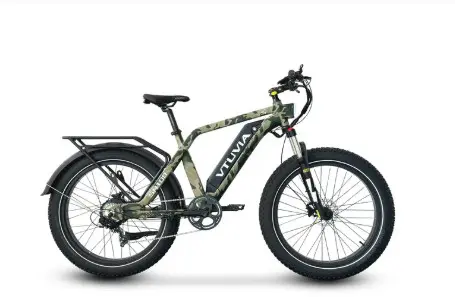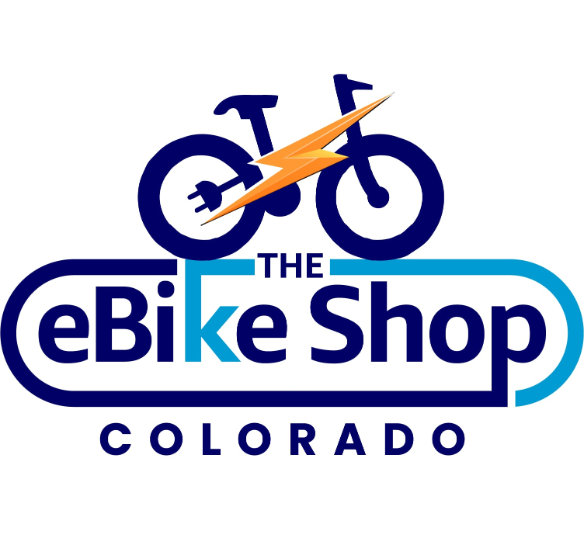
Commuter eBikes vs. Mountain eBikes

Here’s a comparison between commuter e-bikes and mountain e-bikes, focusing on their key differences:

- Purpose:
- Commuter E-Bike: Designed for urban and suburban commuting, focusing on comfort, convenience, and practicality for daily travel.
- Mountain E-Bike (MTB): Built for off-road cycling, tackling rough terrains, hills, and trails, emphasizing performance, durability, and maneuverability.
- Frame Design:
- Commuter E-Bike: Features a more upright riding position for comfort during long commutes, often with mounts for fenders, racks, and lights.
- MTB: Has a more aggressive, forward-leaning riding position for better control on varied terrains. The frame is designed for robustness, often with a suspension system.
- Tires:
- Commuter E-Bike: Typically equipped with smoother, wider tires for road and light gravel, often with puncture-resistant features.
- MTB: Fitted with knobby tires for superior grip on dirt, mud, and rough surfaces.
- Suspension:
- Commuter E-Bike: Might have front suspension or none at all, prioritizing simplicity and ease of maintenance.
- MTB: Usually comes with both front and rear suspension to absorb shocks from jumps, rocks, and roots.
- Gear Systems:
- Commuter E-Bike: Often has simpler, less gear-intensive setups suitable for flat or gently rolling terrains.
- MTB: Equipped with complex gear systems to manage steep inclines and descents.
- Motor and Power:
- Commuter E-Bike: Motors might be optimized for smoother, longer-lasting assistance for daily commuting, with less focus on torque.
- MTB: Motors are generally tuned for high torque to assist in climbing steep hills and quick starts.
- Battery:
- Commuter E-Bike: Batteries are sized for commuting distances, balancing between range and weight.
- MTB: Might have larger batteries for extended trail rides or smaller, lighter options for those preferring less weight.
- Speed and Assistance Levels:
- Both types adhere to similar speed regulations, but mountain e-bikes might offer more aggressive assistance settings for tackling demanding trails.
- Durability:
- Commuter E-Bike: Durable enough for daily use on roads and paths.
- MTB: Built to withstand extreme conditions, impacts, and wear from rough trails.
- Accessories:
- Commuter E-Bike: Comes with or designed for commuting accessories like lights, bells, and cargo options.
- MTB: Accessories tend towards safety and performance, like enhanced brakes, armor, and tools for trail repairs.
The primary goal of a commuter e-bike is efficiency, comfort, and practicality in an urban setting, whereas the mountain e-bike focuses on tackling challenging terrains, providing an adventurous riding experience.

